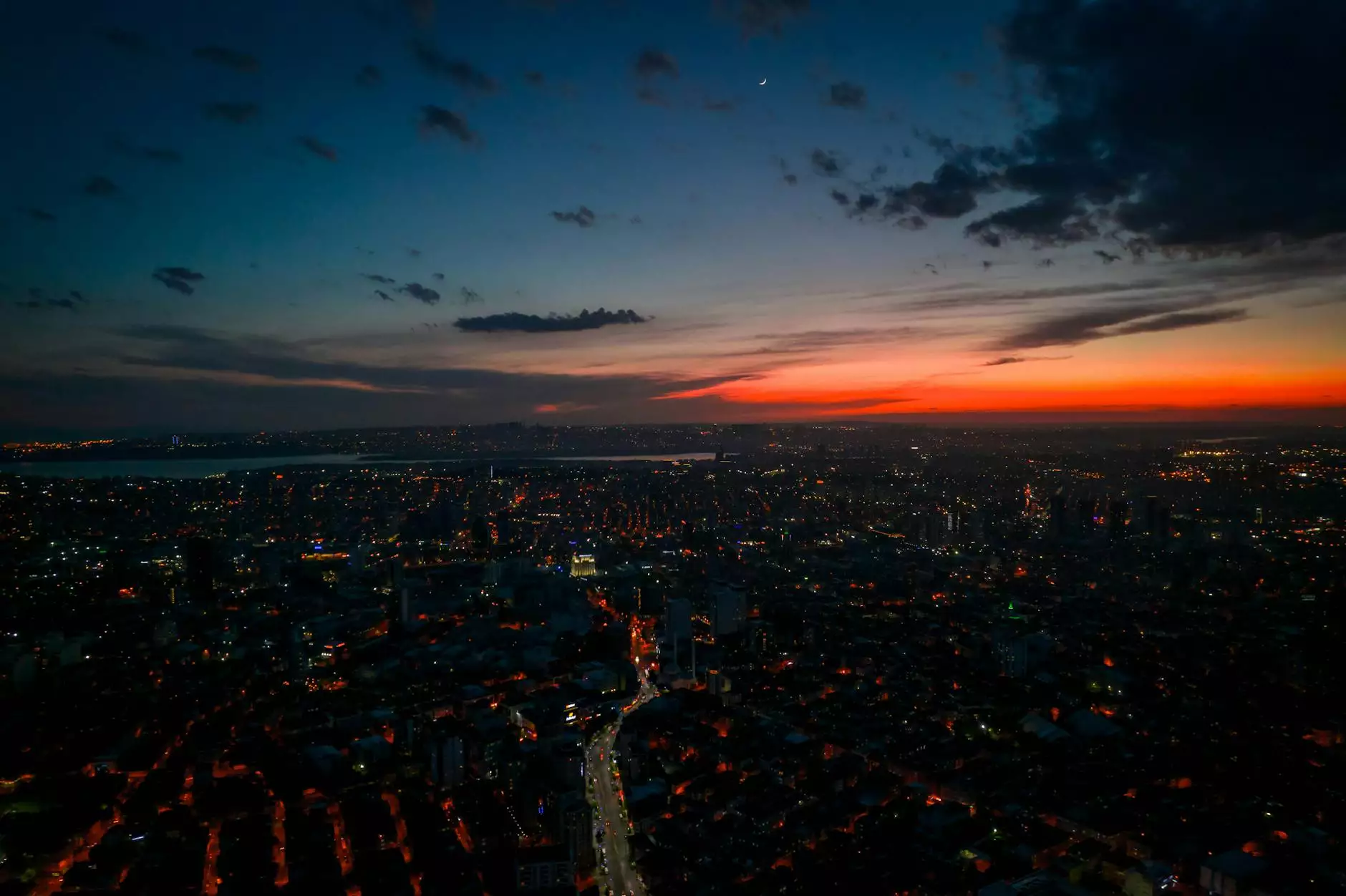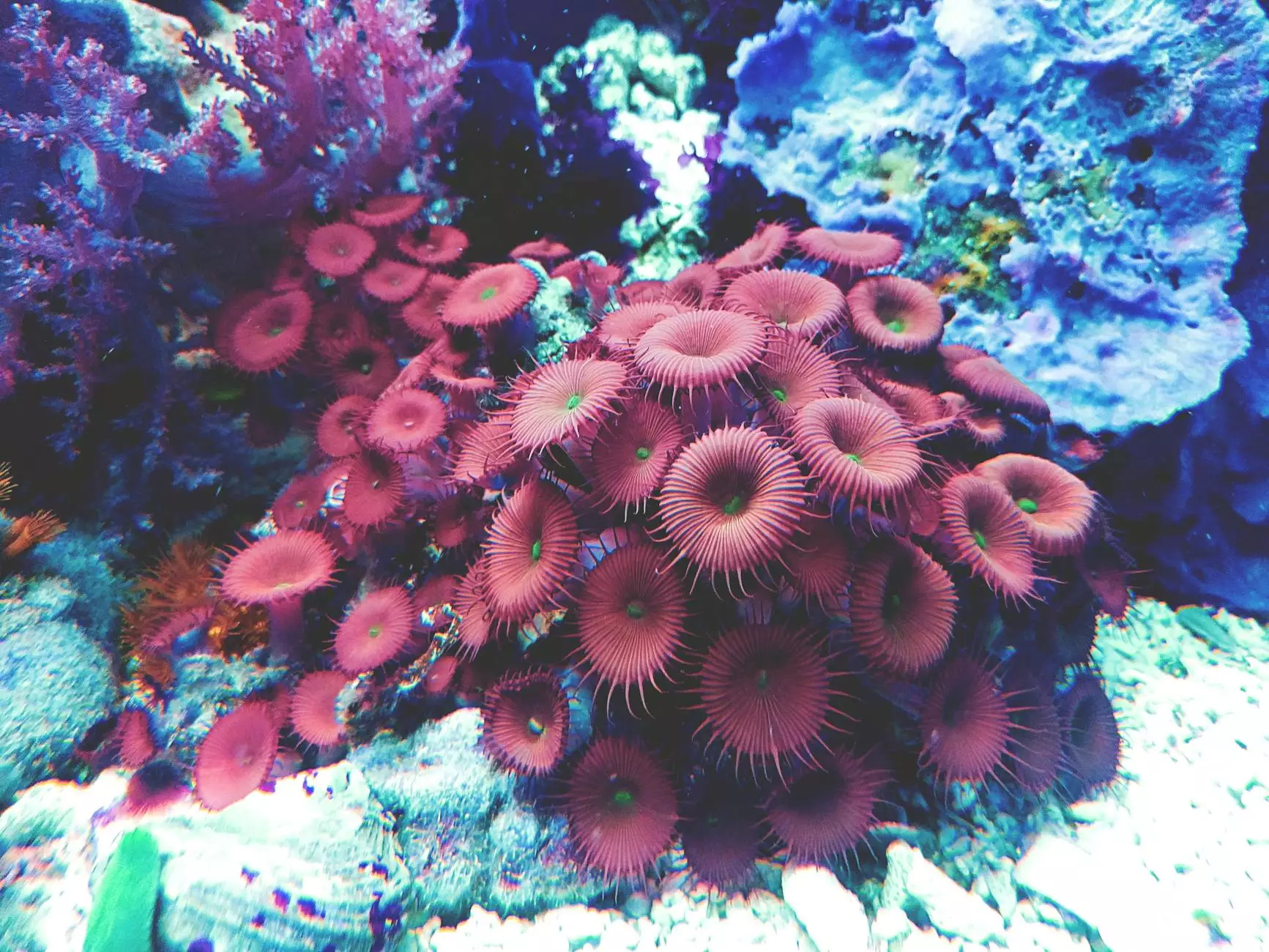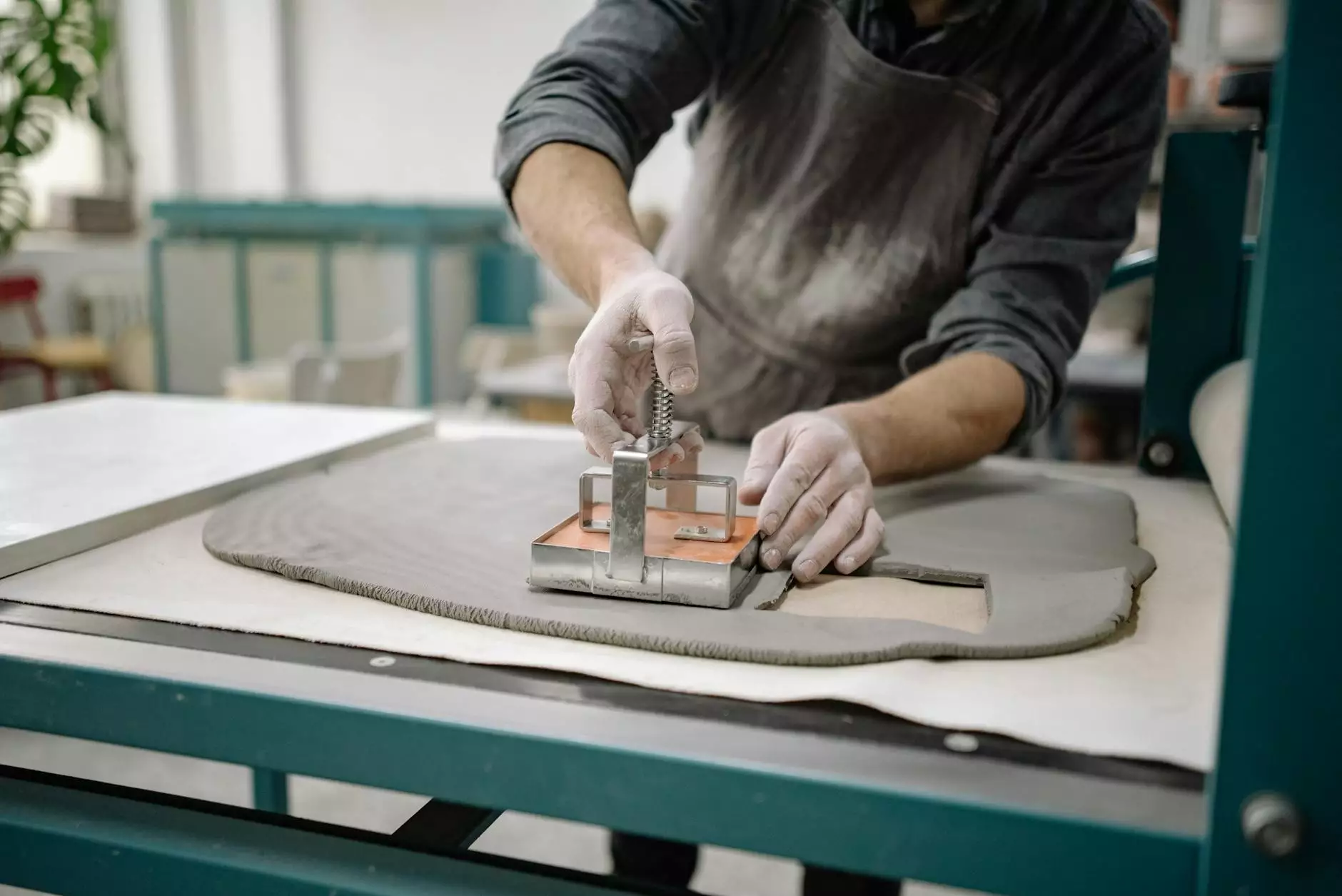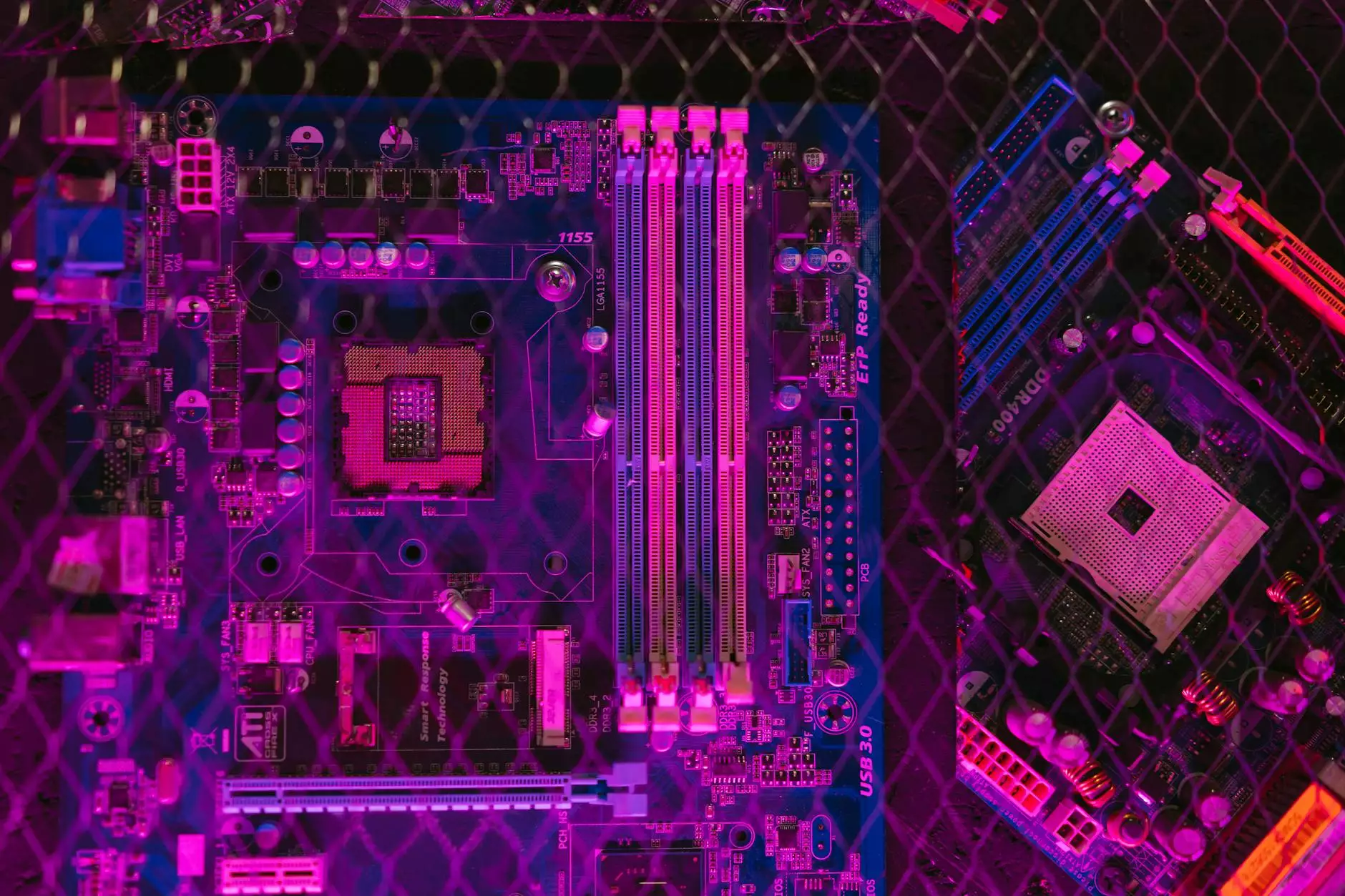Exploring the Intricacies of Site-Specific Light Art

Site-specific light art is a vibrant and dynamic form of artistic expression that uniquely interacts with its environment. This art form transcends conventional boundaries, merging light, location, and the viewer's experience to create immersive installations that transform spaces.
The Essence of Site-Specific Light Art
At its core, site-specific light art is about context. Unlike traditional artworks that can exist in any space, site-specific works are carefully designed to interact with their surroundings. This means that every piece considers the architecture, natural elements, and even the cultural narratives of the location.
Why Location Matters
The location of a light installation significantly influences its interpretation and emotional impact. For instance, a piece situated in a historic cityscape might evoke feelings of nostalgia or reflection, while an installation in an industrial area may provoke thoughts about modernity and change.
- Interaction with Surroundings: Light art often reacts to the physical environment, creating a dialogue between the artwork and its backdrop.
- Community Engagement: These installations can engage local communities, inspiring participation and dialogue about the art and its surroundings.
- Transformative Experience: The transformation of everyday spaces into artistic experiences highlights the beauty often overlooked in the mundane.
The Techniques Behind Light Art
Artists employ a range of techniques to create stunning light installations that can be both temporary and permanent. The use of light is not merely decorative; it serves as a medium that can alter perceptions and evoke emotional responses.
Common Techniques in Site-Specific Light Art
Some of the most common techniques include:
- Projection Mapping: This involves projecting images or videos onto non-flat surfaces, creating a unique interplay between the projection and the architecture it adorns.
- LED Installations: Artists often utilize LED technology to create intricate patterns and ambient environments that can shift and change over time.
- Fiber Optics: Fiber optic cables allow for stunning luminosity and can be woven into various materials, creating a magical glow within sculptures or wall installations.
- Interactive Installations: Many artists design works that invite viewer interaction, allowing the audience to influence the light in real-time, fostering a participative experience.
Notable Artists in Site-Specific Light Art
The landscape of site-specific light art is enriched by numerous talented artists who continue to push the boundaries of this art form. Here are a few key figures whose works exemplify creativity and innovation:
Grimanesa Amorós
Grimanesa Amorós is a pioneering artist renowned for her breathtaking installations that fuse technology, light, and cultural narratives. Her works often celebrate the history and essence of their locations, drawing viewers into a deeper understanding of the interplay between light and space.
Olafur Eliasson
Famous for his large-scale installations, Olafur Eliasson creates immersive experiences that explore the nature of perception. His works often incorporate light and color, inviting viewers to engage with their surroundings in new and enlightening ways.
James Turrell
James Turrell is an artist who's synonymous with light. His installations encourage contemplation and a realignment of the viewer's perception of light, space, and time. Turrell's work often transforms the experience of architectural spaces into breathtaking light environments.
The Role of Technology in Light Art
Advancements in technology have revolutionized the way artists create and display site-specific light art. The integration of digital platforms, interactive elements, and sophisticated lighting systems allows for unparalleled creativity.
Future Possibilities with Emerging Technologies
As technology evolves, the possibilities for light art expand. Artists are now able to:
- Incorporate Virtual Reality: This allows viewers to experience light installations in immersive virtual environments.
- Use Artificial Intelligence: AI can be used to create adaptive light installations that change according to the audience’s responses or the surrounding environment.
- Connect with Social Media: Many installations are designed to be shared digitally, enhancing their reach and resonance with global audiences.
The Impact of Site-Specific Light Art on Communities
Site-specific light art doesn't just beautify spaces; it can significantly impact communities by sparking conversations and inspiring cultural dialogue.
Building Community Identity
Light installations have the ability to create a sense of place and identity within communities. By reflecting local histories, cultures, and values, these installations can foster pride and ownership among residents.
Encouraging Tourism and Economic Growth
Major light art festivals and installations draw visitors from across the globe, stimulating local economies and encouraging cultural tourism. Areas known for their light art can become cultural hubs, attracting artists, tourists, and art enthusiasts alike.
Challenges and Considerations in Site-Specific Light Art
Creating successful site-specific light art involves understanding various challenges and considerations. Artists must navigate logistics, funding, and community impact while seeking to realize their vision.
Logistical Challenges
From securing permits to considering the environmental impact, artists often face several logistical hurdles. Careful planning and collaboration with local authorities are crucial to ensure the artwork is safe, sustainable, and effectively integrated into its surroundings.
Funding and Support
Funding can be a significant barrier for many artists. Seeking sponsorships, grants, and community support is essential for realizing ambitious projects. Public art initiatives and private partnerships play an important role in bringing these ideas to fruition.
The Future of Site-Specific Light Art
The future of site-specific light art looks bright, with artists continuously exploring new methodologies and embracing the ever-evolving nature of our environments. As societal values and technologies shift, so too will the expressions of light art, keeping it relevant and engaging.
Contributing to Sustainable Practices
Artists are increasingly considering their environmental effect, opting for sustainable materials and energy-efficient technologies in their creations. This shift not only reduces the carbon footprint of installations but also inspires audiences to think critically about sustainability in art.
Incorporating Community Voices
As we move forward, the role of community engagement in site-specific light art is set to grow. By incorporating the voices of local residents in the creation process, artists can ensure their works resonate on a deeper level, reflecting true community values and narratives.
Conclusion: The Transformative Power of Light Art
In summary, site-specific light art is an innovative and transformative medium that highlights the beauty and potential of our shared environments. Through careful consideration of context, technology, and community engagement, artists can create experiences that not only enlighten but also inspire, provoke thought, and foster connection among individuals and communities alike.
As we continue to explore this fascinating art form, we invite artists, communities, and enthusiasts to participate in the dialogue surrounding the power of light in art. Together, we can shape the future of site-specific light art and redefine our understanding of the spaces we inhabit.









